Taking Measure
Just a Standard Blog
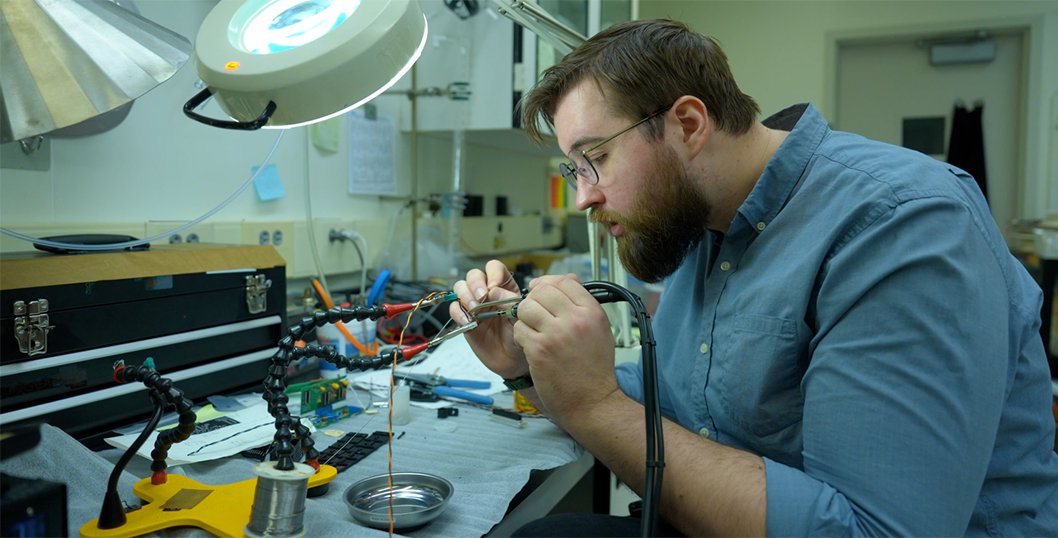
You may occasionally get an air quality alert on your phone or hear it on the local news, often during hot days and especially in larger cities. Millions of Americans experienced poor air quality during recent Canadian wildfires, which affected air quality in parts of the U.S.
Ozone is one of six major pollutants identified in the Clean Air Act. Air monitoring stations all around the U.S. report data on these pollutants to the Environmental Protection Agency. This data is used to advise the public when pollution is elevated in their local area, meaning people from medically vulnerable groups should limit their time outside. In some cases, the air quality problem is severe enough that everyone is recommended to reduce time outside, regardless of their health status.
But how do we know what the pollution level is in a city on any given day?
Well, my lab here in Gaithersburg, Maryland helps agencies all over the world track their pollution levels by measuring them accurately. Our work allows that information to be shared with people and communities who need it. In fact, air quality measurements all over the United States are traceable back to our lab!
Ground Level Ozone and Gas Standards
What I help measure is called ground-level ozone (not to be confused with the ozone layer).
Ozone is the main ingredient of smog. Cars, manufacturing and other sources release volatile organic compounds (VOCs) into the air. When VOCs and nitrogen oxides interact in the presence of heat and sunlight, you get ground-level ozone.
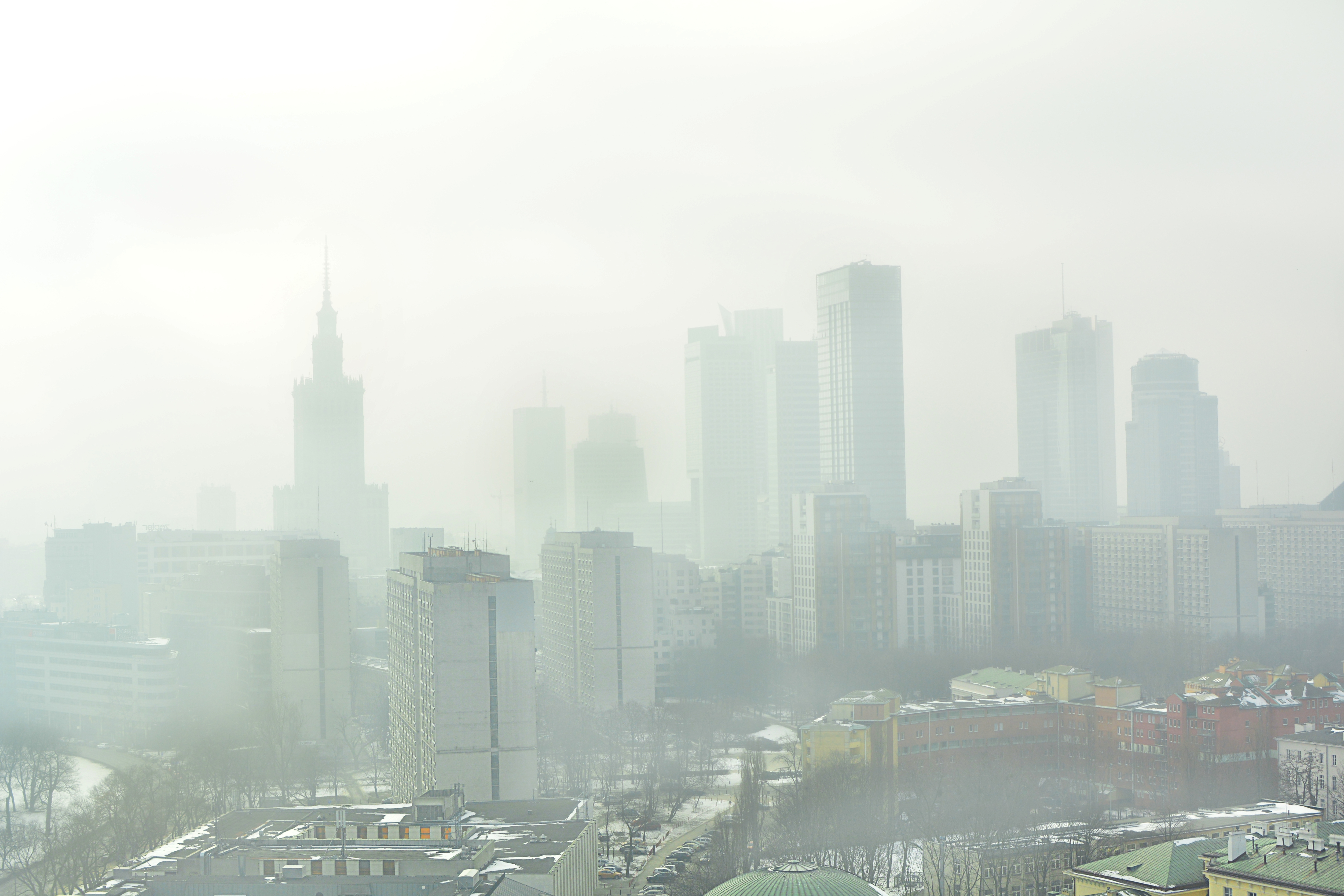
Because it has such a negative impact on our lungs, it’s important to get the ground-level ozone measurements right.
Across the world, there are thousands of air monitoring stations that are testing air quality. Those stations need to be calibrated, so we know the measurements we’re getting from them are accurate.
Enter the Standard Reference Photometer (SRP). SRPs are lab instruments used to calibrate other SRPs or other types of ozone calibrators and analyzers.
At NIST, it’s our job to build and support the SRPs. There are only 69 SRPs in the entire world (15 here in the U.S.). With thousands of air quality monitoring stations in the world, SRPs are in demand.
Building the Standard Reference Photometer
In the 1970s, smog became a major concern in the U.S. The Environmental Protection Agency (EPA) needed a device to validate the accuracy of air quality monitoring devices, so NIST and the EPA worked together to build the first SRPs.
So, how does the SRP work?
I think it’s fascinating that ozone is generated using UV light, and we also measure it with UV light — just at a different wavelength. Instead of looking at ambient air in the environment, we generate ozone in a controlled manner to evaluate instrument performance. This allows us to control a stable source of ozonated air for instrument calibrations to ensure accuracy of measurements.
We measure UV light through a sample of ozonated air and through reference air containing no ozone. By taking a ratio of these measurements, we can determine what concentration of ozone is present. Of course, it’s more complicated than that. Temperature, pressure, flow and other factors play into accurate measurements.
In the late 1980s, other countries learned about the SRP from NIST and wanted to buy them for their own environmental programs. Sweden was the first to buy an SRP internationally from us in the 1980s. Other countries followed suit over the years, and the SRP program continues to grow.
By about 2007, there were 40 SRPs across the world. The International Bureau of Weights and Measures (BIPM) made the SRP the international standard and maintains three SRPs. The BIPM coordinates international comparisons among countries for ambient ozone.
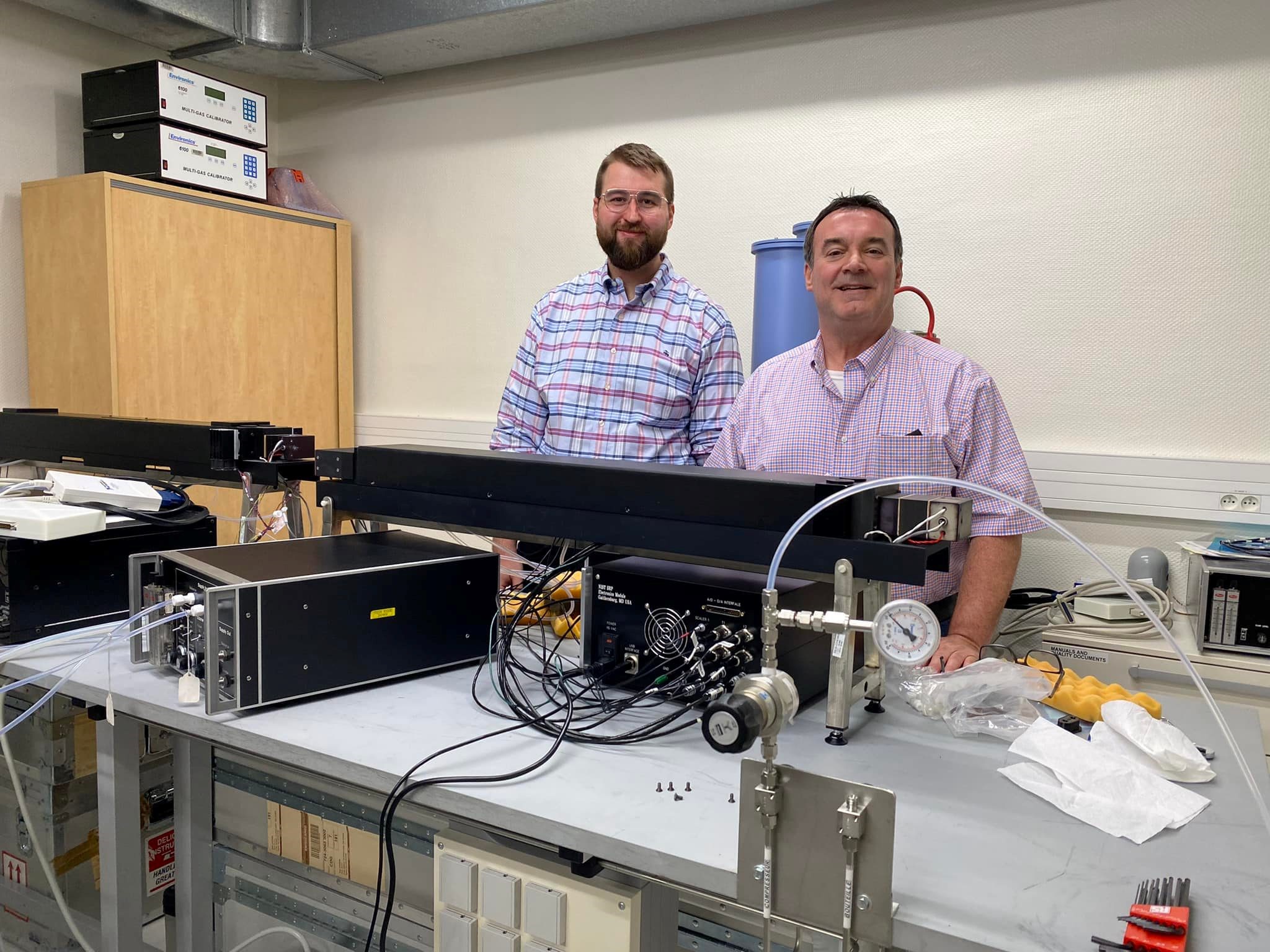
Today, the SRP is by far the most common instrument used around the world for international ozone comparisons.
When it was first invented, the SRP started as a manually operated instrument. This seems archaic by today’s methods. Today, there is an initial setup, but it mostly operates by software.
The SRP is older than me, but that doesn’t mean changes aren’t still happening. Hardware and software become obsolete over time, so we’re always working to evolve with technology and replace old components.
Helping the World Measure Air Quality
My mentor, Jim Norris, travels all over the world to install the SRPs. He teaches our counterparts in other countries how to use them, at the expense of the host government. He’s worked with the SRPs since the 1980s. With plans to retire in the coming years, Jim is training me to take over this role.
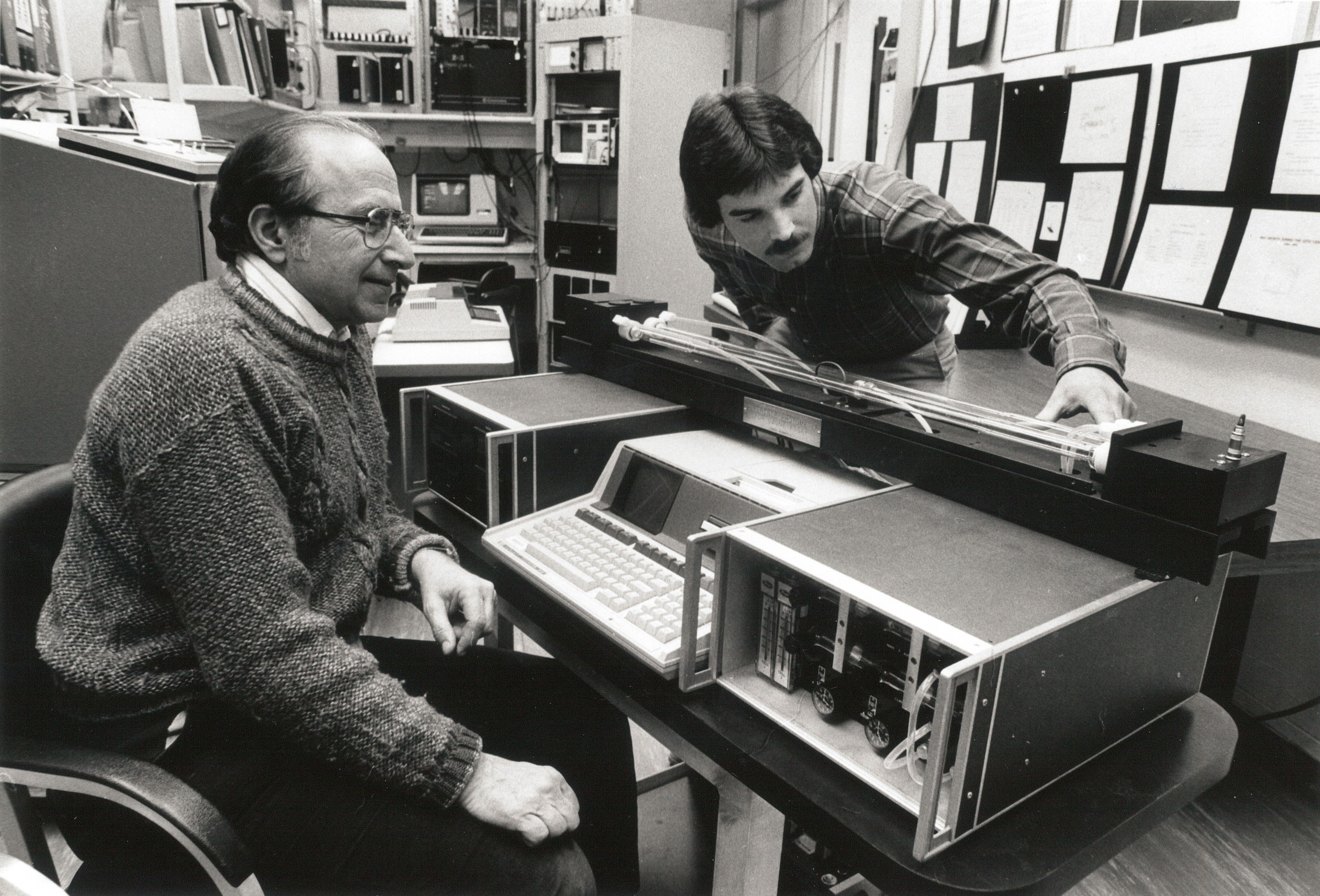
As a college student, I was a NIST intern, where I learned more about NIST and its mission. After I graduated, I got the opportunity to work with Jim and have done so ever since.
I came to NIST with an engineering background and gained a lot of experience with software and custom instrumentation, and that has been important in this role.
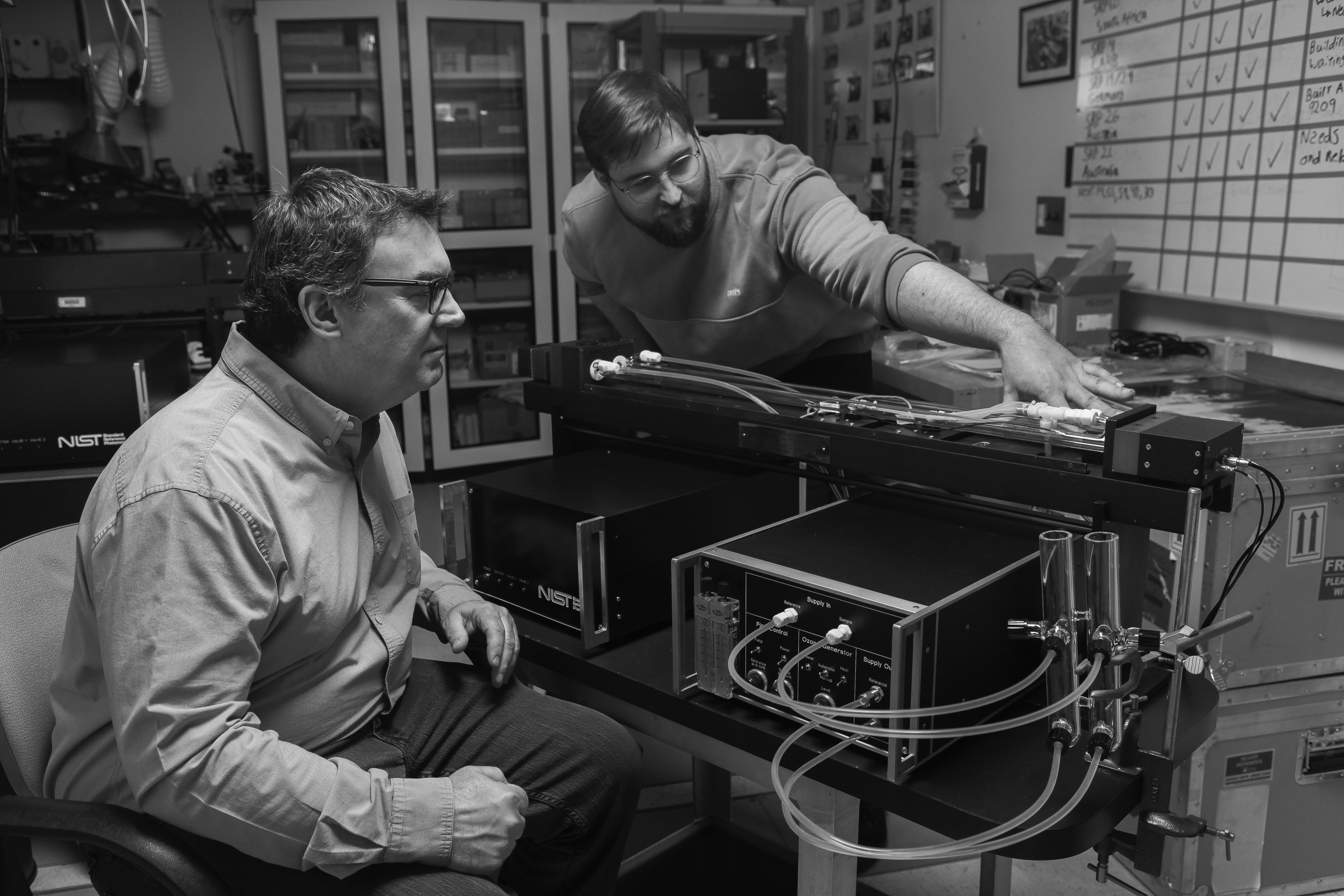
I now spend a lot of time working with Jim to learn about the SRP program. I’ve learned how to build, operate and troubleshoot the instruments. I’m also creating documentation to help our customers operate SRPs both here and around the world. During the pandemic and now, we provide support for the SRP virtually, but I’m looking forward to traveling the world soon to help countries with their SRPs in person.
Engineering With an Impact
When Jim and I are engrossed in the daily software challenges or wiring difficulties in our lab, I rarely stop to think about the impact of these measurements.
Last summer, I went to an EPA conference that really helped highlight how important our role was in the ambient air monitoring world. I realized that a lot of people really rely on our measurements, and the true impact goes well beyond our lab.
We recently got some funding to send a calibrated ozone instrument to South America; the first one went to Buenos Aires, Argentina. We received a really nice letter from our counterparts there, telling us how much this meant to them to be able to measure their air quality accurately.
It’s a nice feeling to know that my engineering skills can have a real impact on everyone around the world. I hope the measurements we work to provide help people and communities make the decisions they need to breathe a little easier.
About the author
Related Posts
Comments
Hi Peter: I was lucky enough to have Jim Norris in my division at one time. It was a pleasure to see him take over that project, turn it into an international standard measurement process. He became NIST's emissary to the world on ozone measurements and helped numerous laboratories, both national and local, tie their ozone measurements to a proven standard. It was also satisfying to see Jim travel to these places as the expert for the instrument. Please give him my best regards. I'll also send him an email; just writing this to acknowledge his efforts and contributions to measurement standards.W5
As someone with COPD, I appreciate the work that you’re doing, and the information is very useful, well written and understandable I love it that work is being done and this direction it needs to be done for the sake of everybody.






Great info.